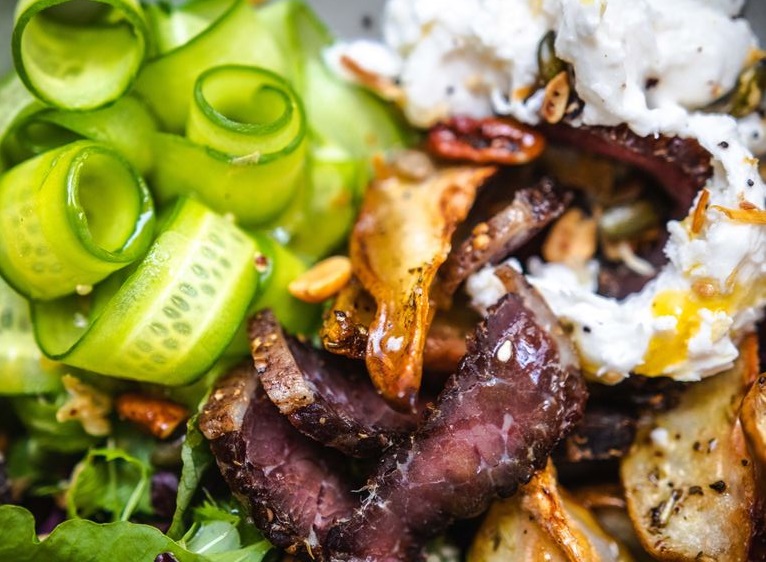
Baking soda, scientifically known as sodium bicarbonate, is a versatile ingredient that plays a pivotal role in the realm of cooking and baking. Its ability to influence texture and density is a testament to its indispensable role in the culinary world. From fluffy cakes to tender meat dishes, baking soda continues to captivate taste buds and elevate our culinary experiences, making it a cherished ingredient in kitchens worldwide. So, the next time you embark on a culinary adventure, consider the magical touch of baking soda to achieve the perfect texture and density, delighting your senses with every bite. Baking soda softens skins of legumes and reduces cooking time, creating smoother textures. Its alkaline nature in dough prevents premature protein coagulation, allowing cookies to spread evenly and develop a tender crumb and rich flavor quickly. Let’s delve into the fascinating world of baking soda and uncover its transformative effects on the texture and density of our favorite foods.
1. Leavening Agent Extraordinaire
One of baking soda’s primary functions in the culinary world is its role as a leavening agent. When baking soda encounters acidic ingredients like vinegar, buttermilk, or lemon juice, it undergoes a chemical reaction that produces carbon dioxide gas bubbles. These bubbles get trapped in the batter or dough, causing it to rise and become light and fluffy. This process is vital in recipes like cakes, muffins, and pancakes, where aeration is necessary for the desired texture.
2. Creating Airy Delights
In baked goods such as cakes and muffins, baking soda actively interacts with other ingredients, resulting in a lighter, airier texture. The carbon dioxide gas generated during the reaction with acidic components forms air pockets within the batter. Consequently, the finished products exhibit a soft, spongy texture, making them a delight to the palate. The presence of baking soda ensures that these treats maintain their fluffy consistency, captivating taste buds with each bite.
3. Tenderizing Meat
Beyond the realm of baking, baking soda finds its place in meat marinades. Its alkaline nature breaks down proteins in meat, effectively tenderizing it and making it easier to chew. When used in marinades, baking soda contributes to the meat’s tenderness, ensuring a juicy and succulent texture when cooked. This technique is particularly valuable for tougher cuts of meat, transforming them into delectable dishes that melt in the mouth.
4. Controlling Density in Batters and Doughs
Baking soda acts as a powerful tool in controlling the density of various foods. When incorporated into cake batters, it facilitates the rising process, resulting in a light and moist cake. In contrast, when baking soda is utilized in recipes involving legumes or beans, it helps soften their skins and reduces cooking time. This leads to smoother and creamier textures in dishes like soups, stews, and dips, enhancing the overall culinary experience.
5. Promoting Browning and Flavor Development
Baking soda contributes to the Maillard reaction—a chemical interaction between amino acids and reducing sugars—accelerating the browning process in baked goods. This reaction occurs at higher temperatures and results in the development of complex, caramelized flavors. Baked goods like cookies and bagels benefit from the addition of baking soda, as it enhances their color and taste, elevating them to irresistible culinary creations.









